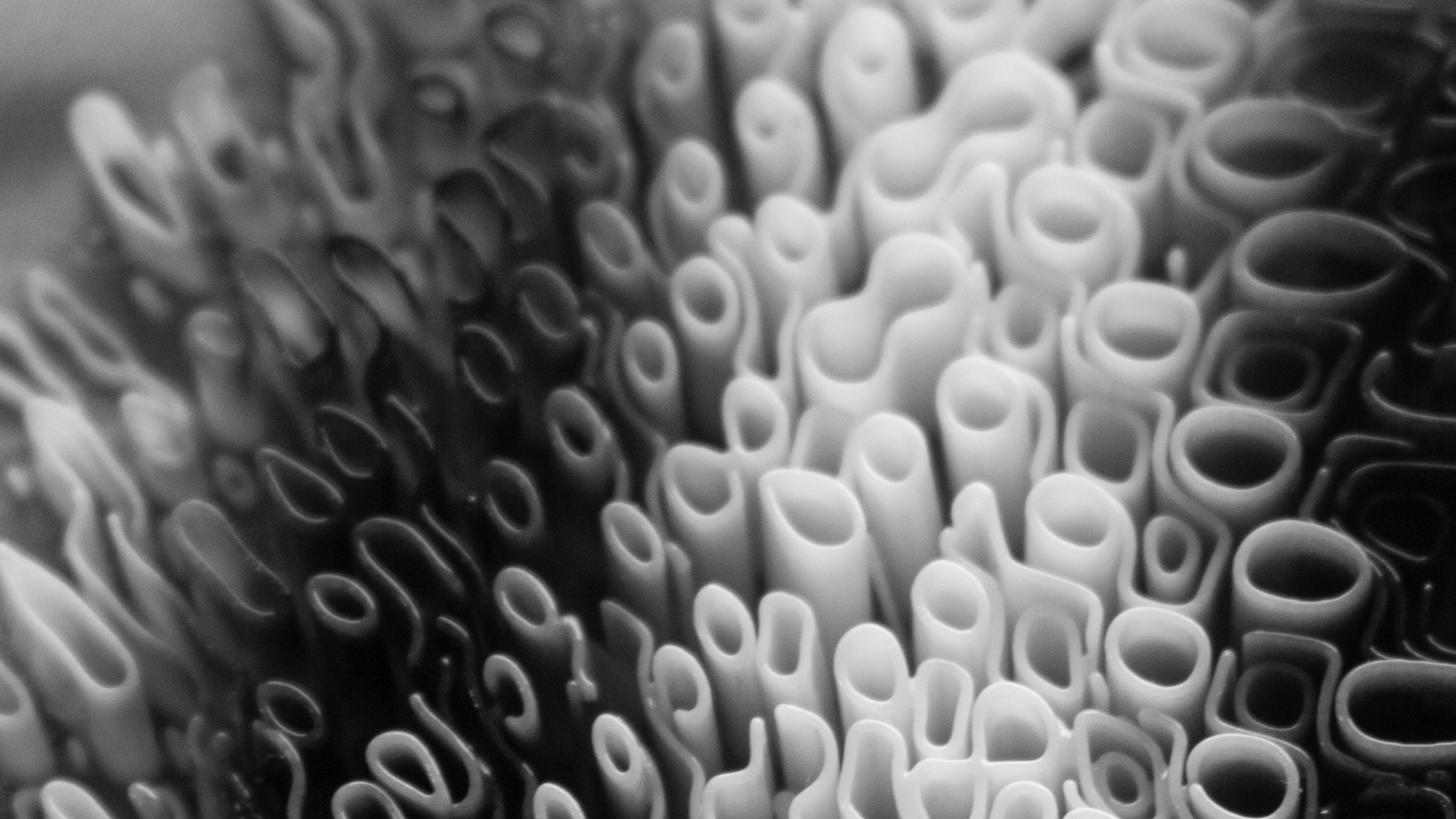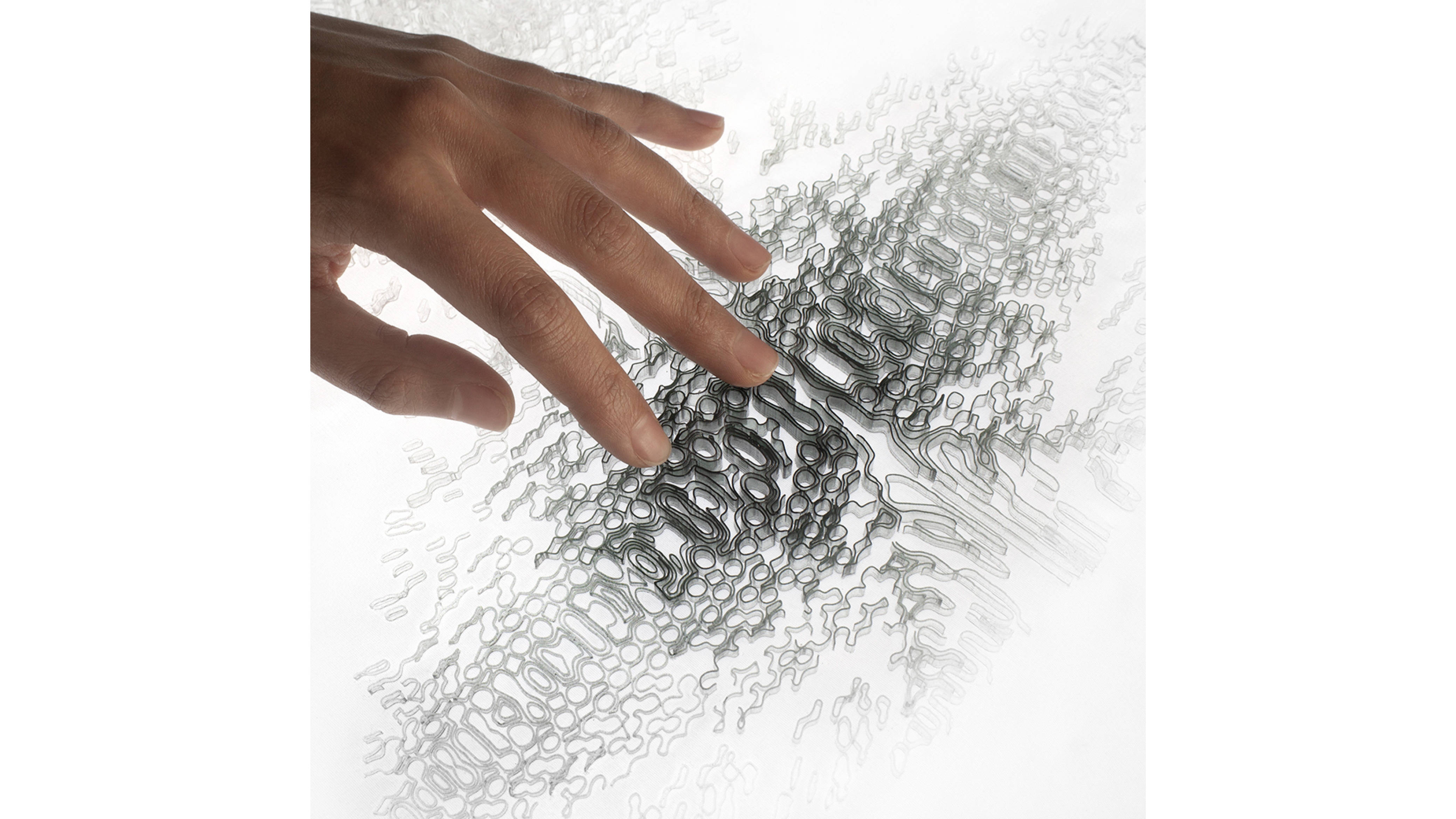THALASSIC MASKS 5 . RESPONSIVE PATTERN
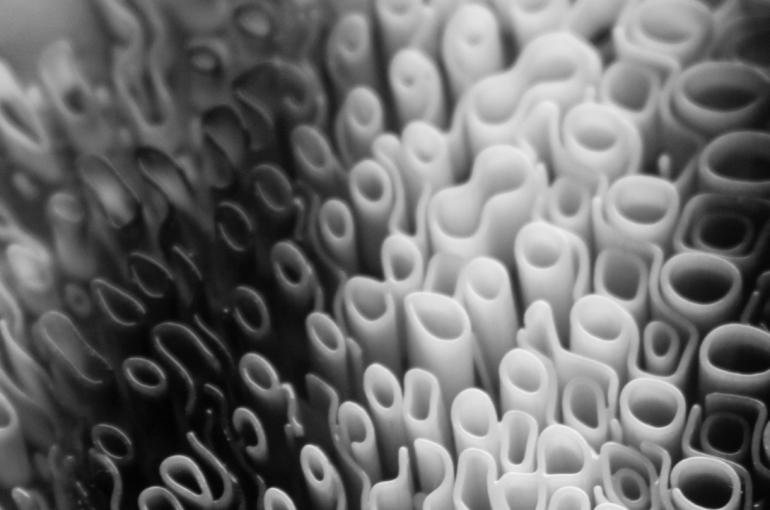
One aspect of the research was focused on exploring how living beings adapt, survive, and eventually thrive within aggressive environments.
Natural ecosystems, through natural selection, have evolved a multitude of features and singular or collective behaviours that allowed them to survive even in the harshest conditions.
The very own body of living organisms has been shaped to develop qualities and distinctive attributes finalised to survival.
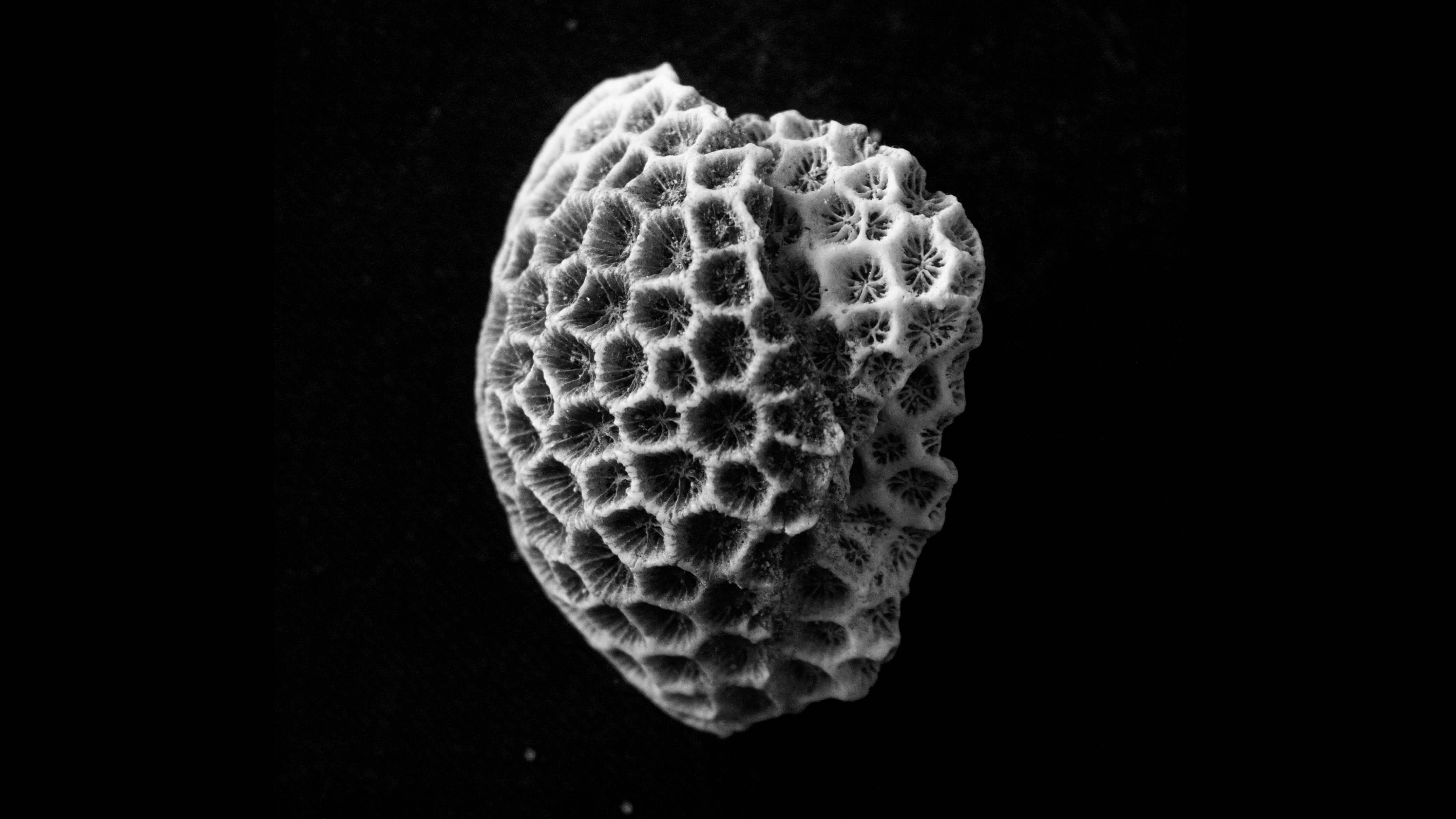

Inspiration for the project was specifically drawn from looking at the marine forms, thus the name Thalassic. Organisms such as jellyfishes, corals, sea anemones, thanks to features of their own body are capable of filtrate water and extract oxygen and nutrients.
They act as biological filters, thanks to their inner physical structure, and thus capable of actively modifying the environment they live in.
Aquatic organisms often rely on their deceptive appearances to hide, or pray, within the underwater environment they are immersed in. Appearances then become part of the survival strategy.
This integration between functional requirement and three-dimensional features, and between appearances and survival strategies, between identity and camouflage have all been fundamental elements of the Thalassic research.
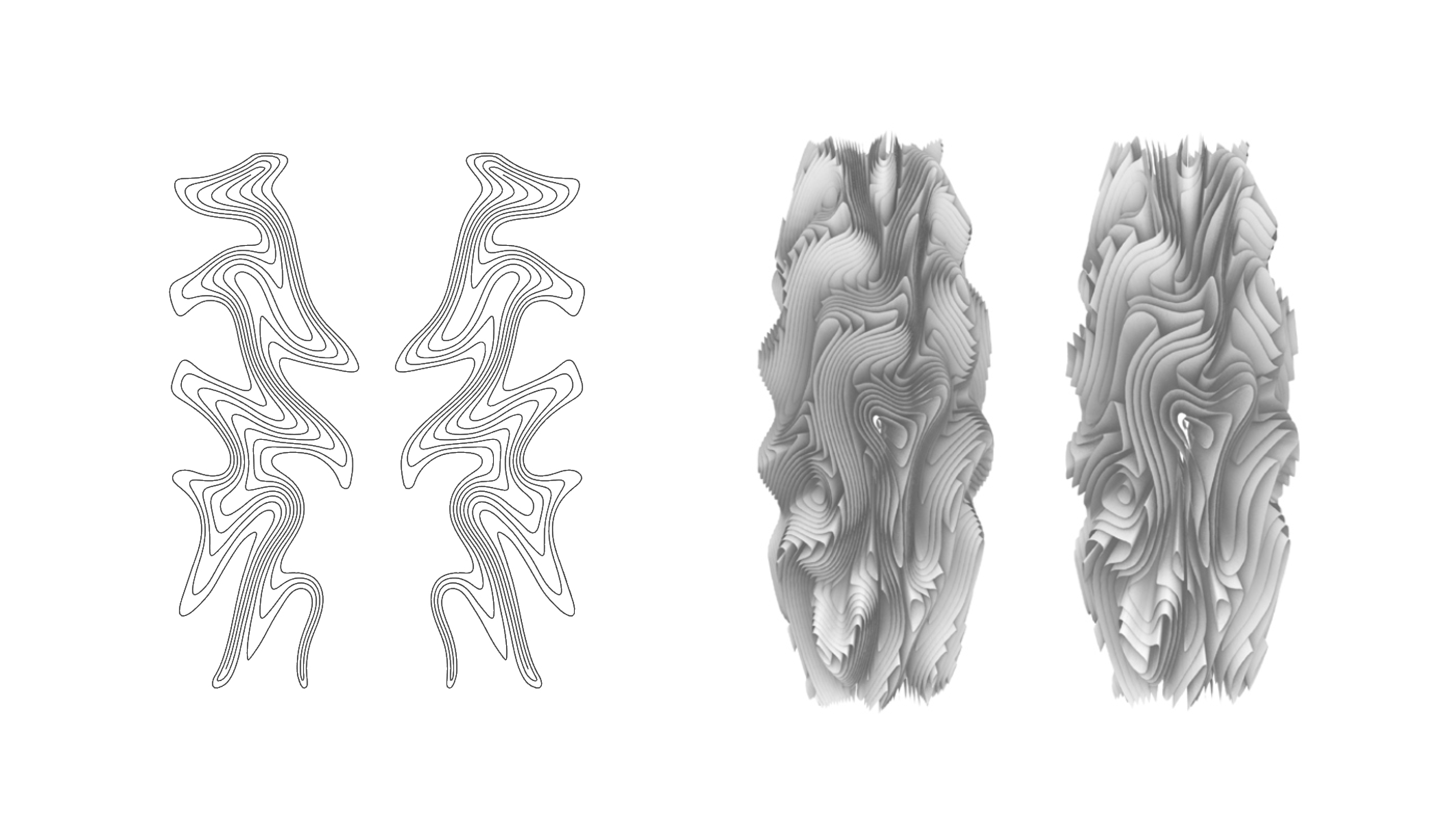
While evolution drivers have selected and perpetuated specific intrinsic features of natural organisms, as humans, in order to adapt to different environmental contexts, we had to design and shape tools, garments and devices in order to cope with extreme conditions.
The ability of filtrating the air and the environment through structure to a molecular level, such as naturally organisms do, is generally very difficult to achieve with just a simple garment. However, thanks to technologies such as 3D printing, we have now the ability to define structures in an extremely precise and controlled manner. In Thalassic, thanks to the 3D printing techniques provided by Stratasys® (Stratasys J850TM 3dFashionTM). This way layer after layer, 3D printed Polymer material was deposited on a very fine natural garment, with the amount of flexibility, colour and structure finely controlled by digital models.
Thermal studies of the different human head areas have been carried out by one of our other partners, Empa. The content of these maps was parametrically interpreted by digital algorithms allowing to adapt the distribution of the material on top of the garment, and modifying the inner structure and its property in order to augment the functionality of the resulting pieces.
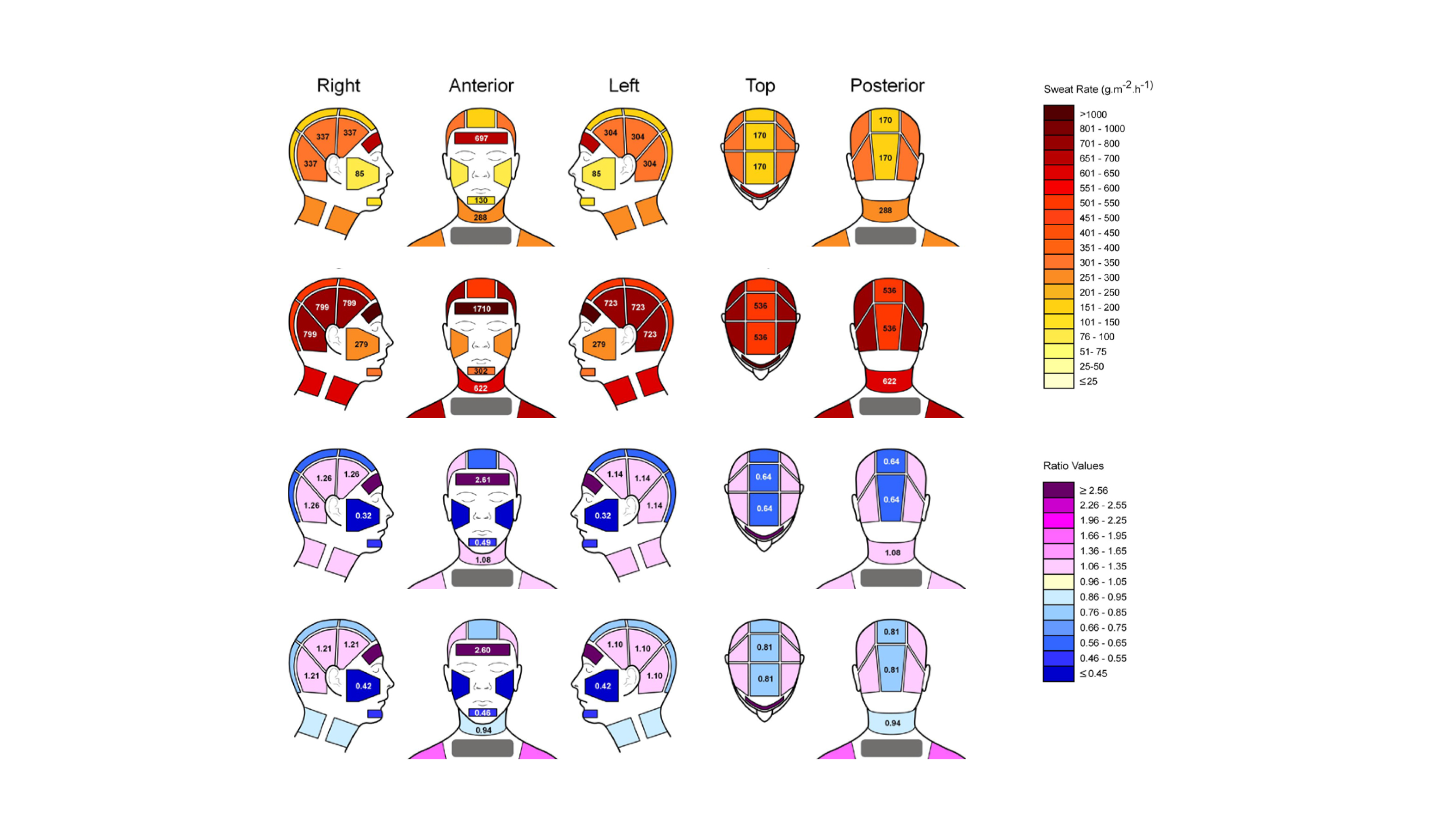
The ability to combine advanced digital design and manufacturing techniques, with the support data coming from experimental research, allowed Thalassic to develop bio-mimetics methods, to emulate logics of natural systems and apply them to develop novel products.
To some extent, the array of products thus defined, can be seen as the unique form of human evolution, shaped not by the slow process of biological changes, but by the development of extension and augmentation of the body through the design of functional tools.
